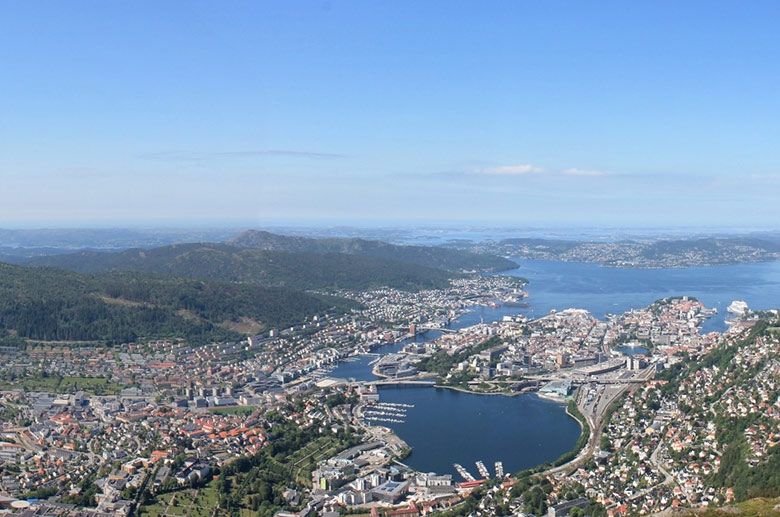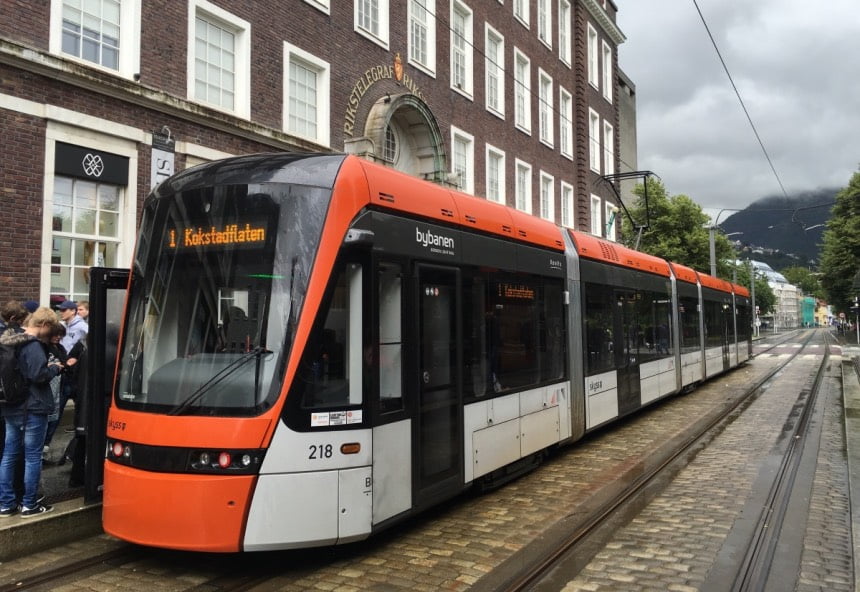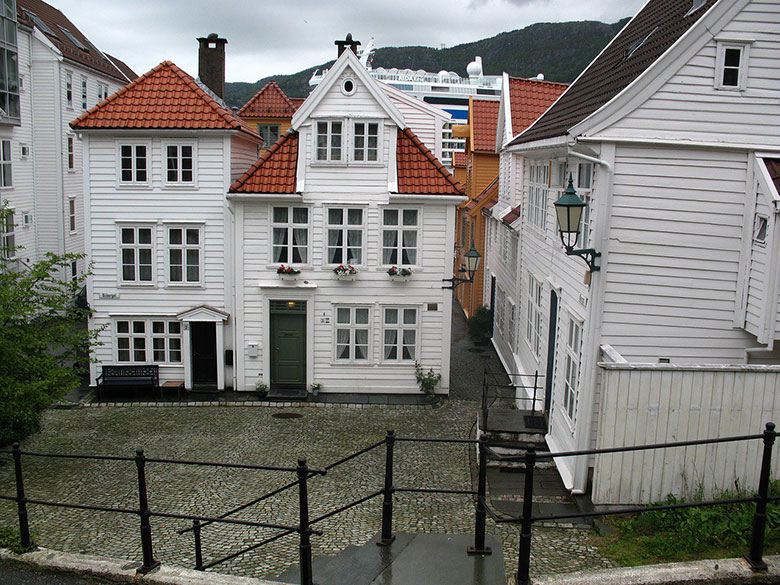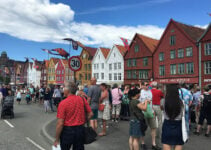
The new city plan represents the biggest change in planning policy for 50 years.
Norway's second city is going to get a whole lot bigger if city planners get their way. The municipality development plan presented to the City Council this week calls for a massive expansion of Bergen's residential areas between now and 2030, according to NRK.

Up to 40,000 new homes could be built over the next 13 years. The population of the municipality today stands at around 280,000. Despite this massive potential growth, the goal is to create a climate-friendly city.
Taking advantage of existing infrastructure
An important aim of the plan is to reduce the number of cars of Bergen's streets. This is to be achieved by encouraging more people to use public transport, cycle or walk between their homes and work, schools, kindergartens and so on.
This will be achieved by building housing alongside existing transport infrastructure, most notably the recently extended Bergen light rail line, and expanding the existing suburban centres.

A greener city
The future area map has more than 7,000 acres additional natural, green areas over the current map, according to Anna Elisa Tryti, responsible for urban development at the City Council.
“The City Council supports the proposal for a compact urban development that reduces passenger car transport and takes care of agriculture, nature and outdoor areas. Bergen will be a pioneer in the environment and climate”, said Tryti in a press release.
But not everyone is on board with the plans. NRK also reports that the opposition Progress Party (FrP) have labelled the plans “for the rich”, because of the high prices of building in central areas.

In the coming weeks, public consultation meetings will be held in various Bergen districts to present and discuss the development plan. The city development agency hopes as many as possible will engage with the process.
Bergen is not the only Norwegian city with grand expansion plans. Earlier this year, Oslo planners launched a public consultation on the future development of the capital through to 2040.
The plan recognises that Oslo is going to be influenced by global changes over the coming decades, and that these changes should be the basis for city development. Read about Oslo's plans.





Great work, David! 🙂